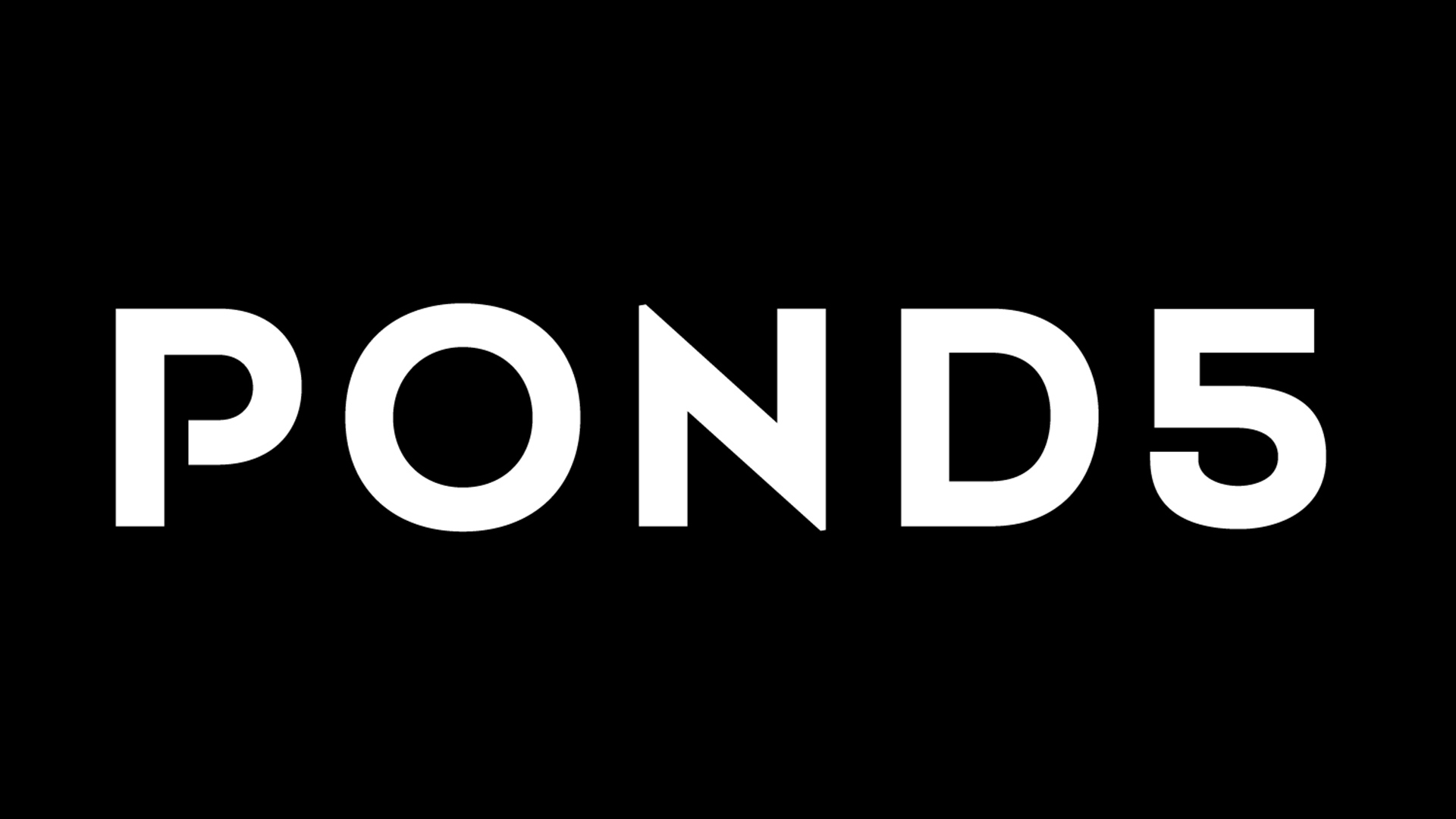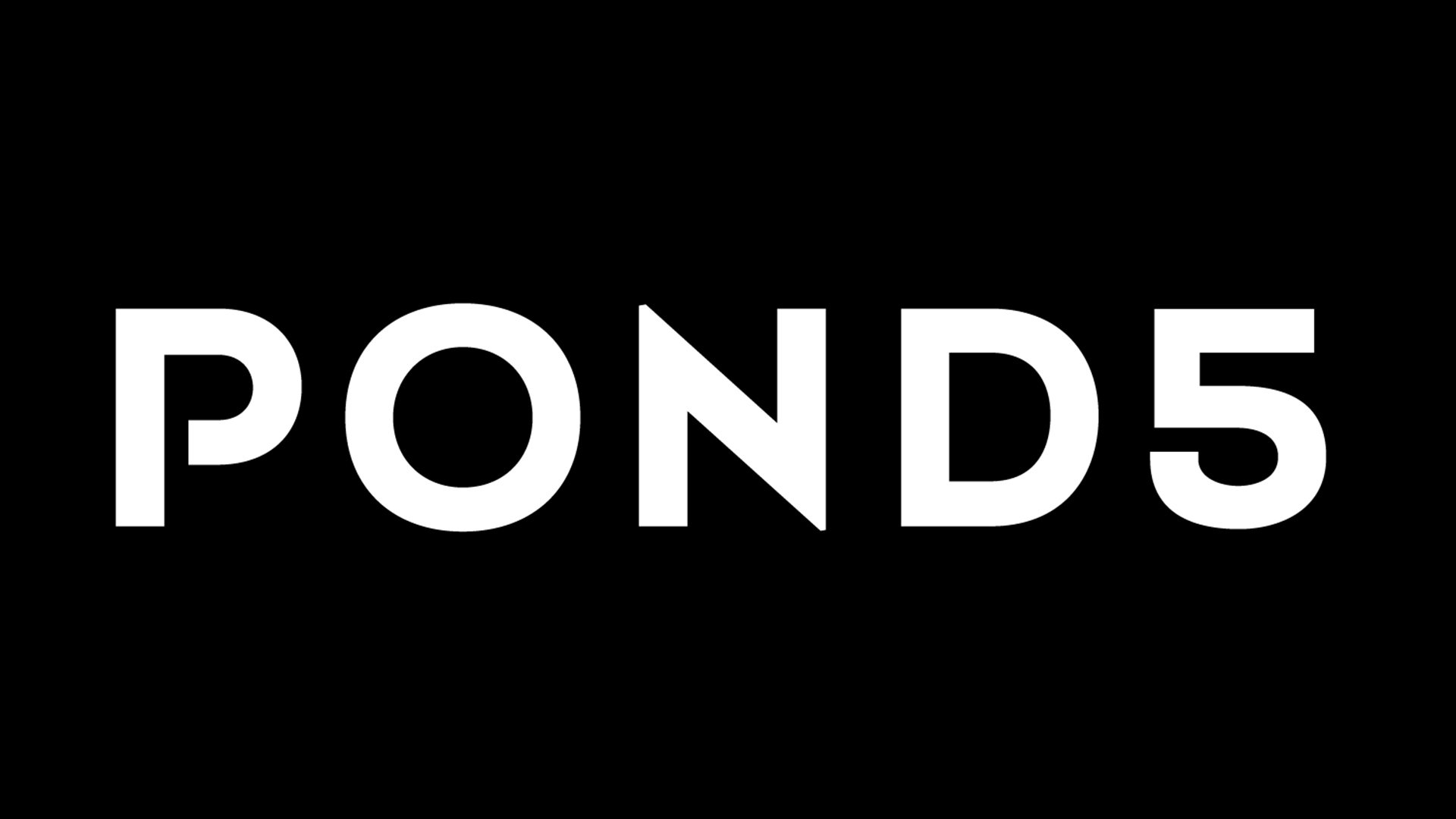

Unless you’ve contributed video to a stock video company, then you probably won’t have given much thought to how it actually works. And even if you have, the chances are that you won’t have considered different ways in which your relationship to the stock company might be framed.
Pond5 is fundamentally changing the way it relates to its contributors, and this is significant. The question is whether it’s good for contributors. Our view is that it probably is.
So, here’s the deal.
Normally, when you sign up to contribute to a stock footage company, you’ll agree to a price and what percentage of that price you will receive for your work if someone decides to use it. Let’s say it’s normally 50:50 which was Pond 5’s “split” with contributors - uniquely high in the industry, I’m told. (30% to the artist is typical across the industry).
That might sound like a big chunk of your payment to “give away”. But of course you’re not giving it away. The stock agency is hosting it and promoting it. What’s more, the agency has sophisticated tools to put your footage in front of potential buyers. Those impressive, sometimes AI-based - search methodologies aren’t free to make: stock companies pay fortunes to their developers to make searching effective. It benefits you, and it benefits them.
Typically, there’s nothing to stop you hosting the same footage on multiple stock sites. “People are more likely to see it if it’s on multiple sites” goes the argument in favour of this.
But when creators do this, they also risk devaluing their work. It’s hard to command a good price, when your work is available everywhere.
It also works against your instincts as an artist.
Most creative people don’t like to mass produce their creative output. Typically, each film or clip is the product of hard work (artists tend towards perfectionism). But what’s the alternative to getting your work “out there”, everywhere?
It’s to lend your work exclusively to one provider. And in return for exclusivity, the stock footage host pays you a higher percentage, and spends more money promoting you.
What's changed?
That’s the broad principle. Here’s how Pond5 is doing it.
First, you can still be non-exclusive with Pond5, but your payment will drop to 40% of the sale price. Not everyone will like this, but multi-vendor relationships are no longer a preferred mode for Pond5 - and you can kind-of understand why. It’s no different to when you sell a house: if you let one agent handle the sale, they’ll put a lot more effort into it than if you give your instructions to every agent in town.
But if you choose to let Pond5 represent you exclusively, the artist’s share of the fee rises to 60%. That’s an incentive, but, more nuanced, but arguably more importantly, you will not be commoditizing your work. This keeps the price up (you set your own price with Pond5) but it also incentivizes Pond5 to promote you and their other exclusive artists.
I know this is all a bit niche, but for me it’s a fascinating topic, because it asks questions about that largely unexplored area between being an artist and merely making a living.
I’d be extremely interested to hear what you think about this in the comments. What factors are important to you, as an artist, when you’re working with a stock company (and there’s no need to mention money - we can assume that!).
Tags: Production


Comments